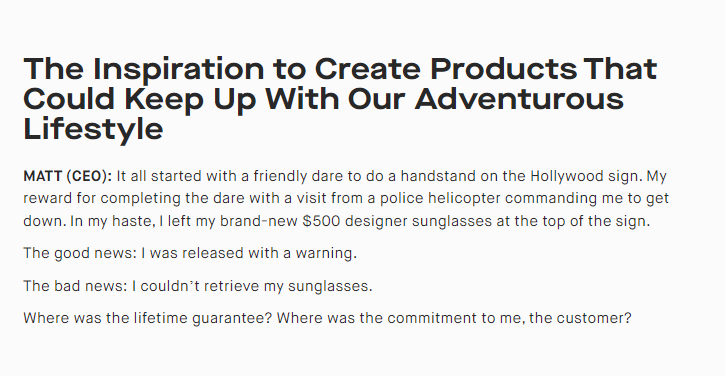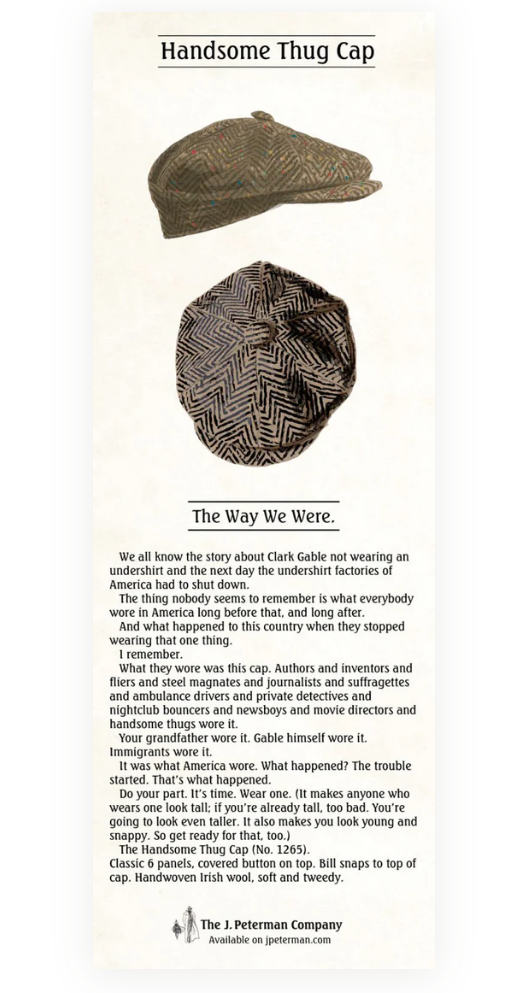From Dull to Catchy: 6 Easy Techniques to Craft Sticky Copy
Sticky copy is copy that gets read, recalled and shared.
It’s a combination of words, tone, sentence length, rhetorical devices, and formatting that grabs your reader’s attention and holds it.
It works for any product or service, even for “boring” ones. Everything can be turned on to be interesting and engaging enough to be sticky.
Let's see some techniques you can use to make it happen.
6 Techniques to Engage Your Reader’s Mind and Make Your Copy Sticky
Use sensory words and metaphors
Specific words can have the same meaning but activate different brain areas.
Researchers from Emory University discovered that when subjects read a metaphor involving texture, the sensory cortex, became active.
For example, the sentence “The singer had a velvet voice and leathery hands” roused the sensory cortex while the sentence “The singer had a pleasing voice and strong hands" did not.
The same happened with “Having a bad day” vs. “Having a rough day”. The use of “rough” in that context caused sensory areas of the brain to be activated while “bad” did not.
Use words that stimulate parts of your reader’s brain that are not normally stimulated by copy.
Copy that lights up sensory areas of the brain is likely to be more memorable and persuasive. The brain, it seems, perceives little difference between reading about an experience and encountering it in reality.
Sensory words and metaphors can help you describe what you want your reader to see, hear, feel, smell, or taste.

- Words related to sight indicate colors, shapes, and appearance.
Examples: bright, vibrant, glowing, radiant, luminous, clear, transparent, opaque, hazy, fuzzy, blurry, vivid, intense, murky, dim, dull. - Words related to hearing describe sounds.
Examples: melodic, rhythmic, harmonious, discordant, soothing, relaxing, uplifting, energizing, haunting, whisper, rustle, thud, clang, clink - Touch sensory words convey both tactile and emotional sensations.
Examples: smooth, rough, soft, hard, silky, fluffy, wet, dry, warm, cold, sticky. - Words related to taste and smell will help the reader give taste and smell to the situation or product you are describing.
Example: fragrant, aromatic, pungent, floral, sweet, musky, earthy, woody, savory, sour, bitter, tangy, spicy, bland. - You can also add motion words to the list. Active words or words describing movement engage your reader’s mind.
Examples: blown away, paralyzed, eye-popping, shocking, to grab, turbulent, choppy, vibrating, soaring, mind-boggling, staggering, bumpy.
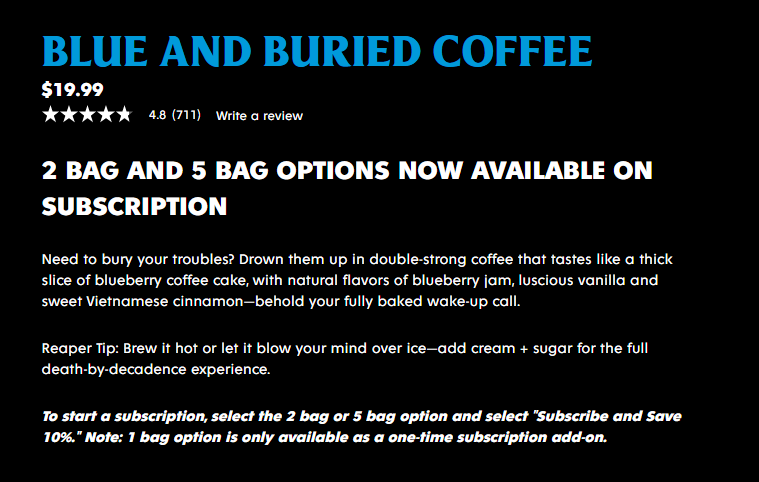
Leverage alliteration
Alliteration is the repetition of the same sound at the start of a series of words in succession to provide fluidity and draw your readers' attention.
It’s pleasing to the ear and the rhythm enhances memory. That’s why many brands use it - Ted Talks, DoorDash, Dunkin Donuts, Coca-Cola, PayPal.
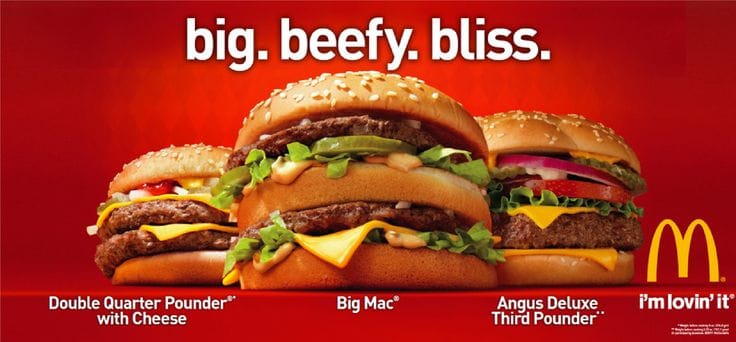


Use interesting similes, analogies, and metaphors
Things you can feel, taste, or see tend to stay with you longer.
Since we can’t visualize intangible concepts, we use metaphors, similes, and analogies. They make tangible the intangible and provide a concrete mental image making your message more persuasive.
Just to clarify the difference:
- Analogy compares two seemingly different things and shows how they are alike.
- Metaphor states that something is something else without using the word like or as.
- Simile states that something is something else using like or as.

Templates you can use for your product or service:
“It’s like a ____.”
“It’s like a ____ for your ____.”
“It’s like ____ meets ____.”
“Think of it as a _______.”
“If it were a ____, it would be a _____.”
Some famous metaphors and similes:
Chevrolet: The heartbeat of America
Red Bull ‘Gives you wings’
Chevy Silverado:"Like a Rock."
Triumph’s TR7 auto: The shape of things to come
Florida orange growers used “Breakfast without orange juice is like a day without sunshine” for many years.
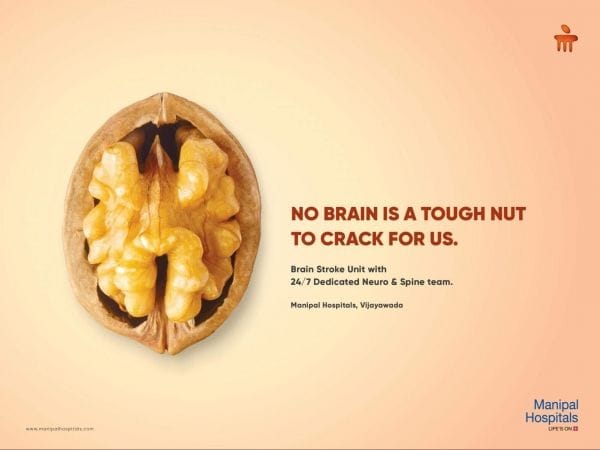

Tricolon or the rule of three
Three is the smallest number of elements that can combine to make a pattern - three words, three sentences, three bullet points.
Pattern and brevity make copy memorable.
You can use it on taglines, headlines, subheadlines, bullet points, and body copy.
It could be three steps of a process, three sentences, three examples, or three selling points.


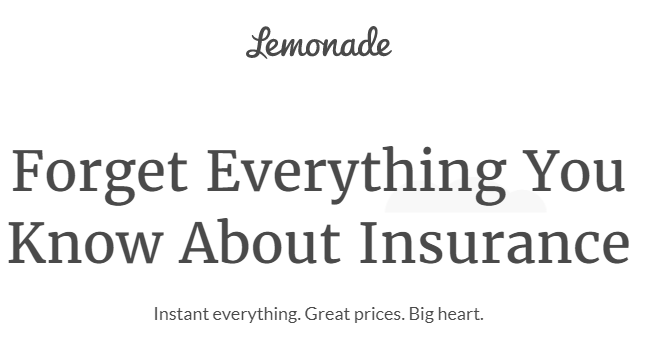
Use unfamiliar words, unusual-looking words, variations of curse words, and non-offensive slang.
Anything that is unexpected can catch your reader’s attention.
- Unfamiliar words or words rarely used in the context of your website copy or blog posts.


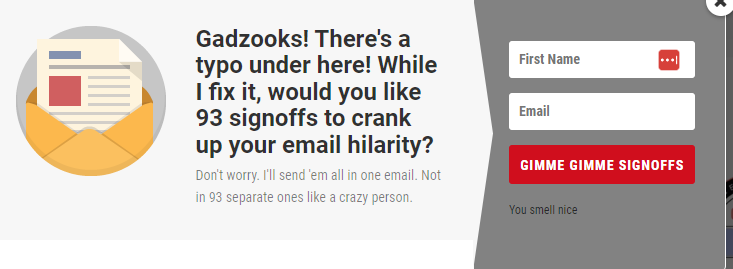
- Swearing words, or words that visually look like a swear word, can be used strategically in your copy to stop the reader and make him pay attention. Only use them if they fit your voice and brand. Avoid them if they are offensive to your audience.

If you want to add some spark to your copy without being offensive, try euphemisms such as hell, screw, crap, shite, F-bomb, or badass.


Use storytelling
Stories are easy to remember and share. They create engagement and evoke an emotional response. People will remember how you made them feel.
Create a connection with your product using storytelling on your product pages and about pages.
